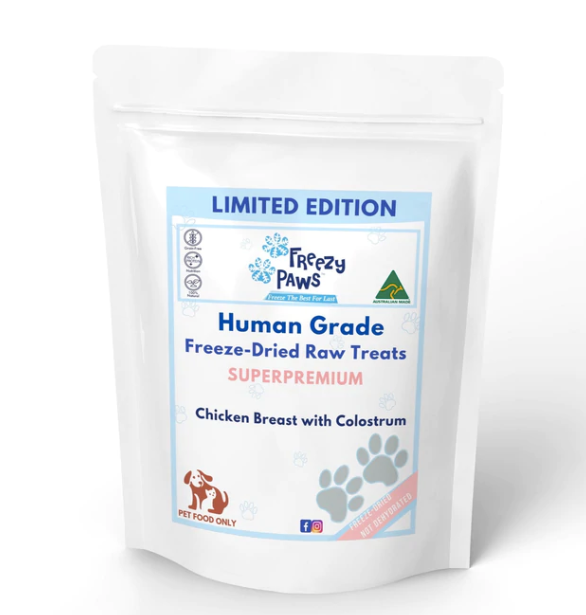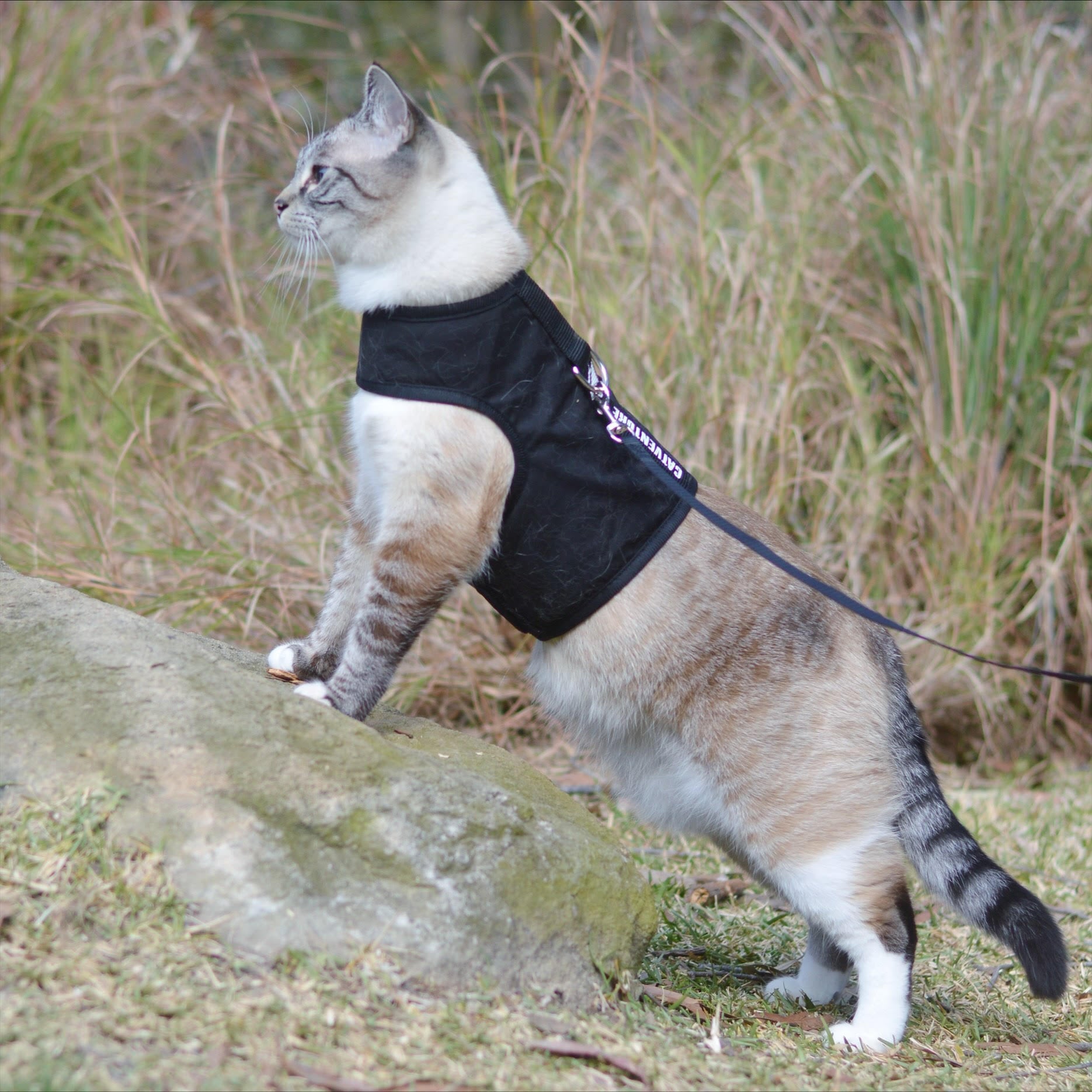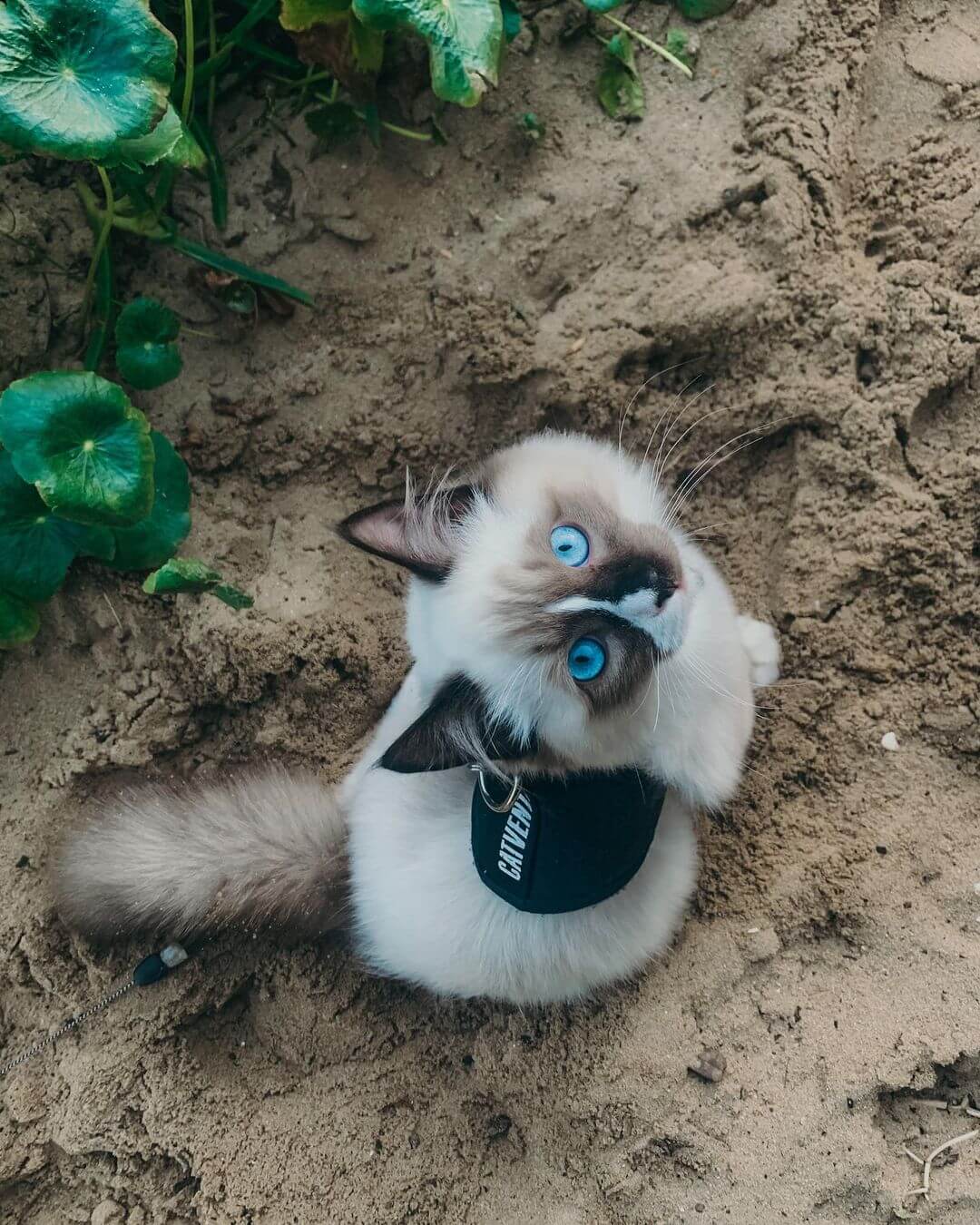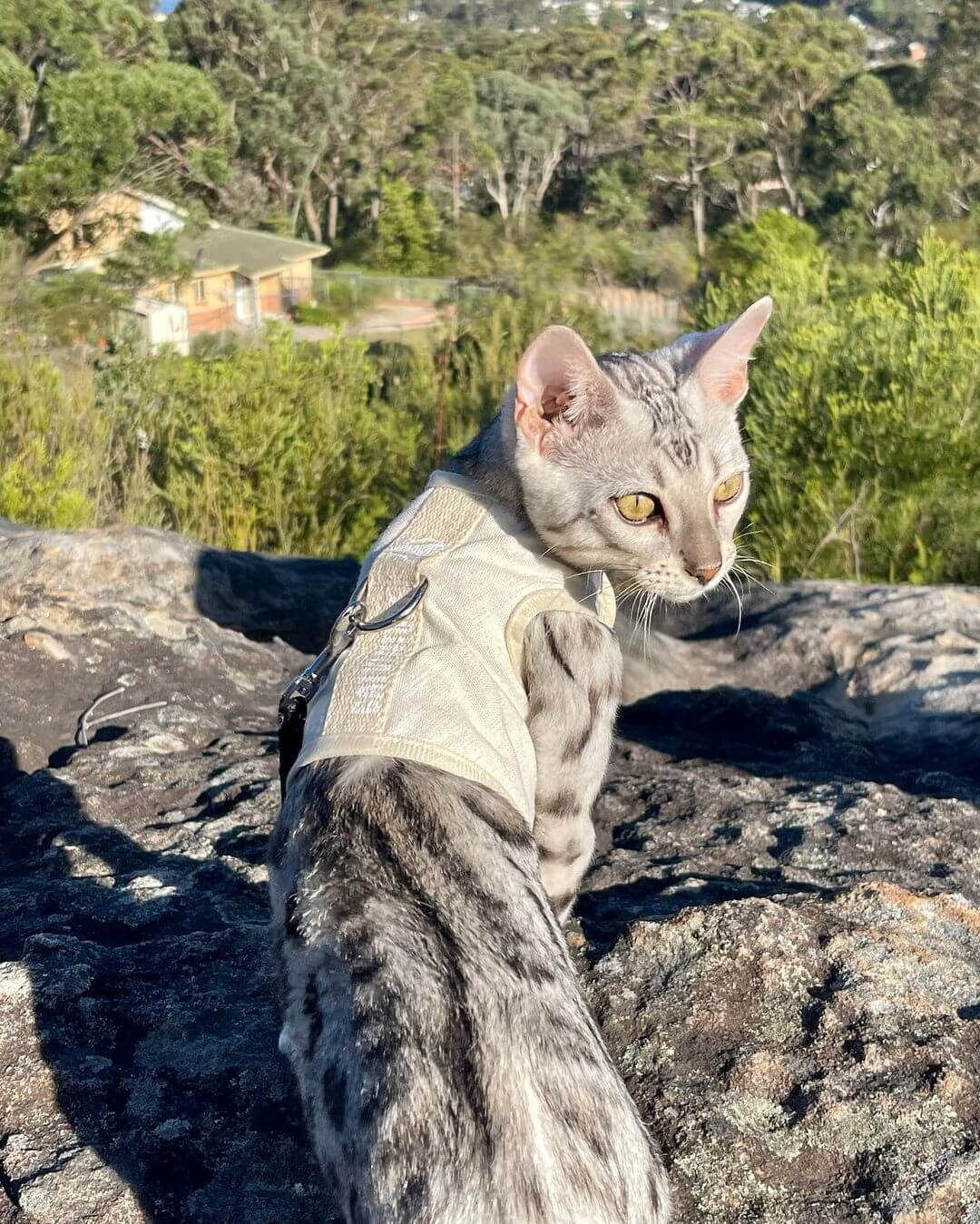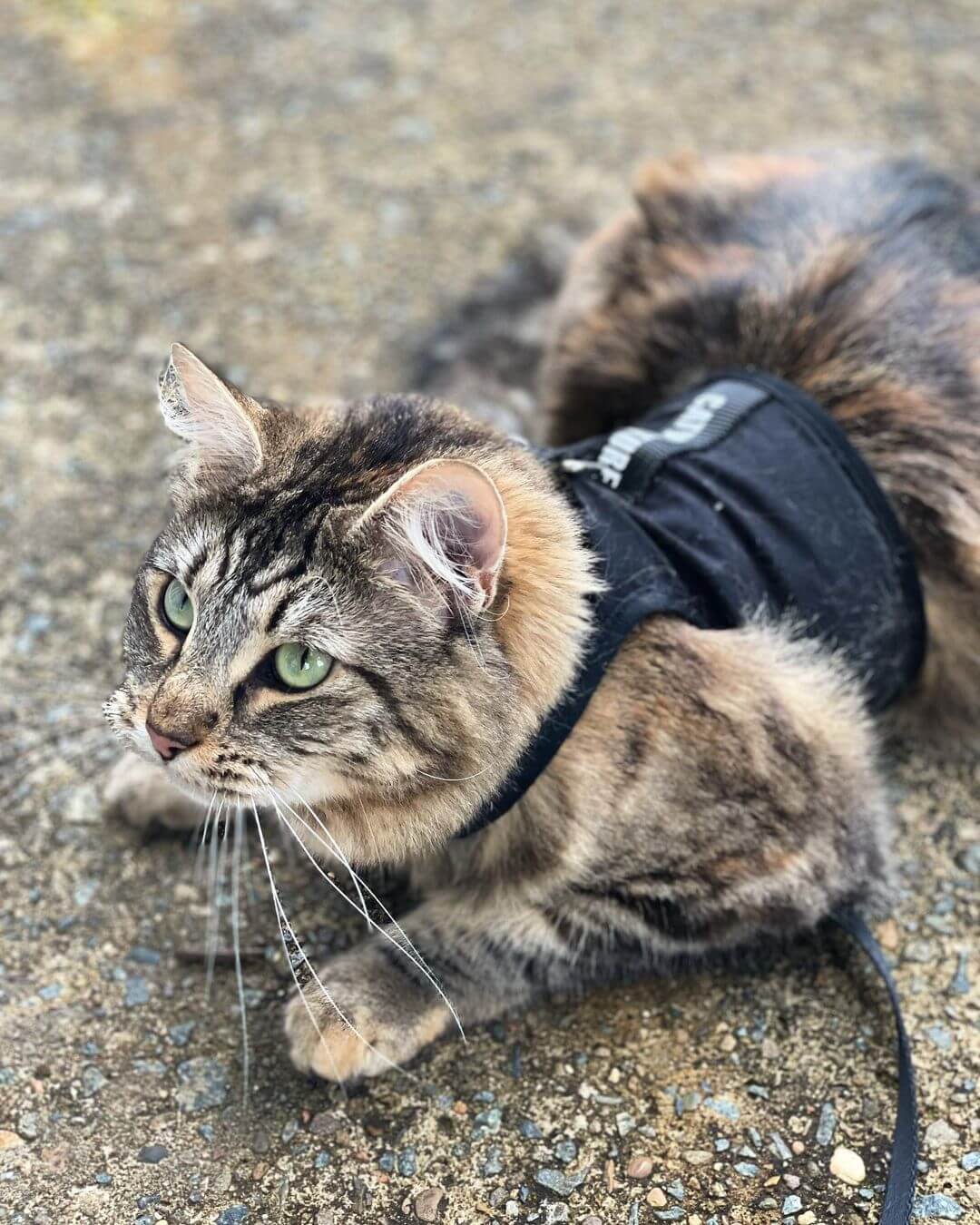Ragdoll cats are a popular breed known for their docile, laid-back personalities and striking blue eyes. These affectionate felines make great companions for both families and individuals, and are often described as "puppy-like" due to their affectionate and playful nature. In this article, we will explore the different types of Ragdolls, how to properly feed and care for them, and the importance of keeping them safe when exploring the outdoors.
Types of Ragdoll Cats
There are several different types of Ragdolls, including the seal mitted variety which has a soft seal-brown coat with white paws and chest. Other types include the blue mitted, red mitted, and bicolor. All Ragdolls have a medium to long coat that requires regular grooming to prevent matting, and they are known for their "floppy" appearance due to their relaxed muscles and lack of tension when picked up.
Proper Nutrition for Ragdoll Cats
Proper nutrition is important for any cat, and Ragdolls are no exception. It's important to feed them a high-quality diet that includes a balance of protein, fat, and carbohydrates. Wet food is generally recommended over dry food, as it provides more moisture and can help prevent urinary tract problems. However, a combination of wet and dry food is also acceptable. It's important to avoid feeding your Ragdoll a diet that is too high in fat or carbs, as this can lead to obesity and other health issues.
Entertaining Your Ragdoll Cat
In terms of keeping your Ragdoll entertained, there are a few key things to consider. First, it's important to provide them with plenty of toys and playtime to keep them active and engaged. This can include scratching posts, laser pointers, and interactive toys. It's also a good idea to set aside a dedicated space for your Ragdoll to play and explore, such as a cat tree or a room with plenty of windows.
Ragdoll Cat Temperament
Ragdolls are generally known for their laid-back, easy-going personalities, and they are often described as being more "dog-like" than other cat breeds due to their affectionate nature. They are known for being very social and interactive, and they enjoy spending time with their humans. However, it's important to remember that every cat is an individual and may have their own unique personality and temperaments.
Keeping Your Ragdoll Safe When Exploring the Outdoors
It's important to note that Ragdoll cats, like all domestic cats, should always be kept indoors unless they are on a harness or in a secure cat enclosure. This is for the safety and well-being of your feline friend, as outdoor cats are at risk of numerous dangers such as traffic accidents, predators, and exposure to diseases and parasites.
In fact, the average lifespan of an indoor cat is significantly longer than that of an outdoor cat, due to the increased safety and protection that indoor living provides. Additionally, keeping your Ragdoll indoors can help protect local wildlife and reduce the risk of spreading diseases to other animals.
That being said, it's still important for your Ragdoll to have opportunities to explore and experience the outdoors, and a harness or cat enclosure can provide a safe way for them to do so. Just be sure to properly supervise your cat at all times and choose a harness or enclosure that is secure and well-made. This will help ensure that your Ragdoll can enjoy the great outdoors without putting themselves or others at risk.
Conclusion
In summary, Ragdolls are a charming and affectionate breed that make great pets for families and individuals. Proper nutrition, plenty of toys and playtime, and a safe outdoor experience are all important considerations when caring for a Ragdoll. By following these guidelines, you can help ensure that your furry friend stays happy and healthy for years to come.
Our Ragdoll Catventure Furriends





